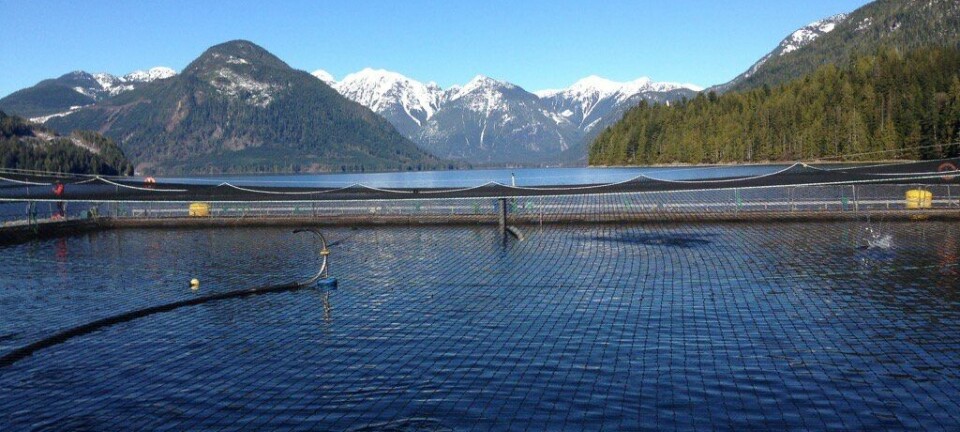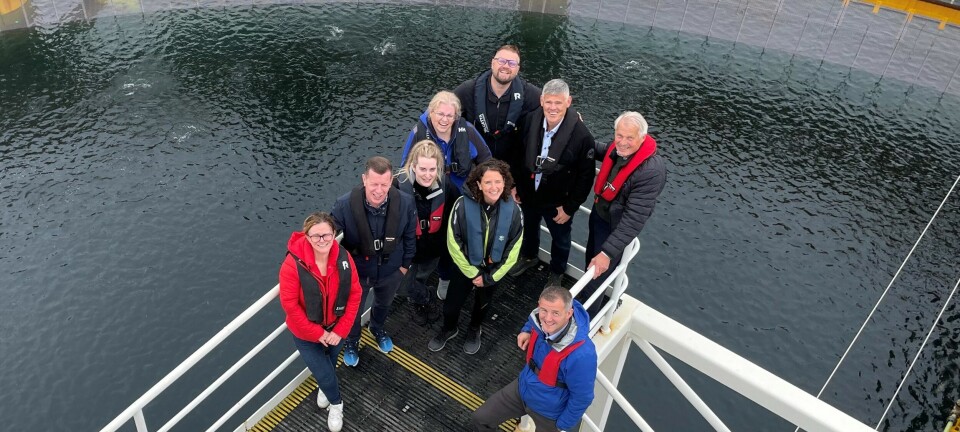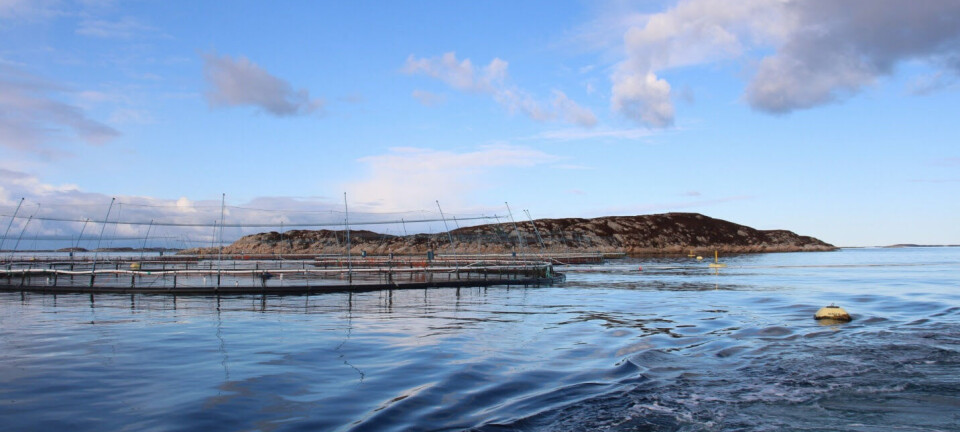Lumpsucker collaboration planned
The area in question, St Magnus Bay, has historically suffered from high lice levels, and the three companies that operate sites there – Scottish Sea Farms, Grieg Seafood Shetland and Cooke Aquaculture – have decided to utilise the cleaner fish in a co-ordinated manner.
They will also be sourcing the fish, which are due to be deployed this autumn, from the same sources in Norway and Scotland.
“It used to be three different companies with three different strategies in the area,” David Brown, Cooke’s regional manager in Shetland, explains, “but we’re now working more together to help eradicate lice. We’re looking at stocking about 70,000 lumpfish this year, at a ratio of about one for every nine salmon per cage.”
Despite their heavy involvement in, and investment in, the wrasse breeding programme at Machrihanish, Scottish Sea Farms agreed that lumpfish might be beeter suited to Shetland.
Indeed, not only did wrasse used in a previous trial in Shetland suffer from an outbreak of VHS, but the sea conditions in the far north of Scotland are also thought to favour the 'pedal fish', as lumpsuckers are known in the Northern Isles.
Noelia Rodriguez, SSF’s Fish Health Production Biologist in Shetland, explained: “We also felt that lumpfish, which can eat lice when the water temperature falls as low as 2-3°C, would be a better fit for our Shetland sites, while wrasse stop feeding when the temperature falls below 7-8°C."























































